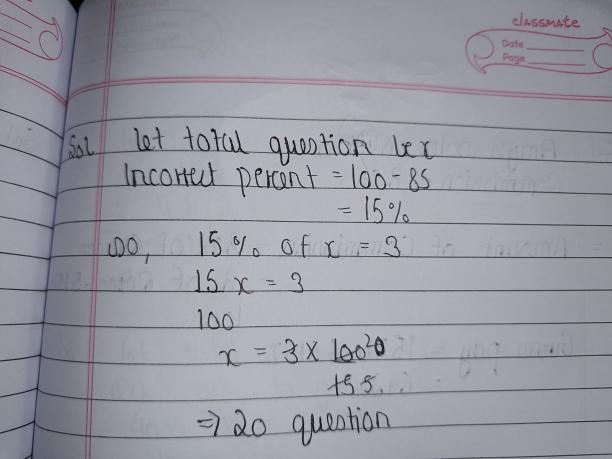 2
2 The figure will change by a factor of 2.25.
Step-by-step explanation:
When the lengths (1-dimensional) change by a factor 1.5 (the definition of dilating a figure), the area (2-dimensional) will change by a factor 1.5 to the power of the quotient of the values of the dimensions, which is 2/1 = 2. So the area will change by a factor of 1.5^2 = 2.25.
The area of triangle DEF is 2137.5 cm²
Solution:
Given data:
Area of ABC = 38 cm²
Scale factor = 7.5
To find the area of DEF:
Area of dilated image = Area of original image × (scale factor)²
Area of DEF = 38 × (7.5)²
= 2137.5 cm²
Area of DEF = 2137.5 cm²
The area of triangle DEF is 2137.5 cm²
The area of triangle DEF is 2137.5 cm²
Solution:
Given data:
Area of ABC = 38 cm²
Scale factor = 7.5
To find the area of DEF:
Area of dilated image = Area of original image × (scale factor)²
Area of DEF = 38 × (7.5)²
= 2137.5 cm²
Area of DEF = 2137.5 cm²
The area of triangle DEF is 2137.5 cm²
 73
73  4
4  73
73  13
13 The square is dilated by a factor of 2 to form A'B'C'D'.
Which mean the new square sides will be twice as much as the old square.
Let the side length of the square ABCD = x
∴ The side length of the square A'B'C'D' =2x
∵ The area of the square = (side length)²
Area of ABCD = x²
Area of A'B'C'D'= (2x)² = 4x²
∴ Area of A'B'C'D' : Area of ABCD = 4x² : x² = 4 : 1
 4
4 The answer is in the image


It will provide an instant answer!
